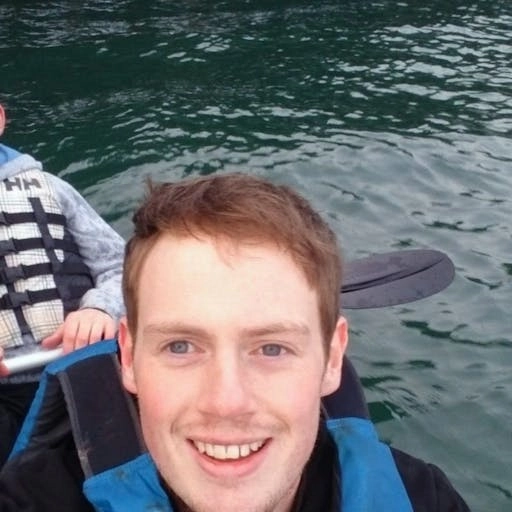One important piece of knowledge that anglers must have is an understanding of the tides. Tides are the rise and fall of sea levels caused by the gravitational forces of the moon and the sun. They have a profound impact on the behavior and location of fish, making them an essential consideration for any angler. In this article, we will explore how knowing the tides helps angling, and what anglers can do to take advantage of this knowledge.
Understanding the Tides
Before we dive into how tides can help with angling, it is essential to understand what causes them. Tides are caused by the gravitational forces of the moon and the sun, which create a pull on the Earth's oceans. The gravitational pull of the moon is much stronger than that of the sun, which is why the moon has a more significant effect on tides.
As the moon orbits the earth, it causes the ocean water to bulge towards it, creating a high tide. The opposite side of the earth, away from the moon, also experiences a high tide because the earth is pulled away from the water. These two high tides are called 'spring tides', usually occurring twice a month, during the full and new moons.
During the quarter moons, the sun, and the moon's gravitational forces are at right angles to each other, creating a smaller tide, called a 'neap tide'. These occur twice a month, between the spring tides. Read more about spring and neap tides.
The Importance of Tides for Angling
Now that we understand what causes the tides, let's explore why they are important for angling. Tides have a significant impact on the behavior and location of fish, and knowing when the tides are high or low can help anglers catch more fish.
Tides and Fish Behavior
Fish are cold-blooded animals, which means that their body temperature is the same as the surrounding water. As the temperature of the water changes with the tides, so does the behavior of the fish.
During high tides, the water is deeper, and fish have more space to move around. This can make it more challenging to locate fish, but once you find them, they are usually more active and hungry because the high tide brings in more food.
During low tides, the water is shallower, and fish are more concentrated in specific areas. This can make it easier to find fish, but they are usually less active and more cautious because they have less space to move around and less food to eat.
Tides and Fish Location
Tides also affect where fish are located in the water. During high tides, fish can move into areas that are usually too deep to access, such as channels and deeper pools. This can make it more challenging to find fish, but once you do, they are usually larger and more active because they have access to more food and space.
During low tides, fish are concentrated in shallower areas, such as channels, drop-offs, and weed beds. This can make it easier to find fish, but they are usually smaller and more cautious because they have less space to move around and less food to eat.
Tides and Bait Movement
Tides also affect the movement of bait, which can impact fish behavior and location. During high tides, baitfish can move into areas that are usually too shallow, such as grassy flats and tidal creeks. This can attract larger fish to these areas, making them a prime location for angling.
During low tides, baitfish are concentrated in deeper areas, such as channels and drop-offs. This can attract larger fish to these areas, making them a prime location for angling. As the tide moves in and out, it creates currents that can carry baitfish and other prey past feeding fish. This can create opportunities for anglers to target feeding fish. Similarly, as the tide changes, it can create eddies or areas of slower-moving water that can concentrate fish.
How to use tide times to maximise your catch
To make the most of tide information for fishing, anglers should consider several factors, including the type of fish they are targeting, the location they are fishing in, and the time of year.
One of the most effective ways to use tide information for fishing is to plan fishing trips around the tides. Anglers can use tide charts or websites like this to find out the timing and height of tides at their chosen location.
Knowing the timing and height of tides can also help anglers plan their fishing trips. Some species of fish are more active during specific tidal conditions. For example, redfish may feed more aggressively during the falling tide when they can move into shallow water to feed on crabs and other prey. Similarly, striped bass may be more active during the rising tide when they move into shallow waters to feed on baitfish.

Your thoughts and comments